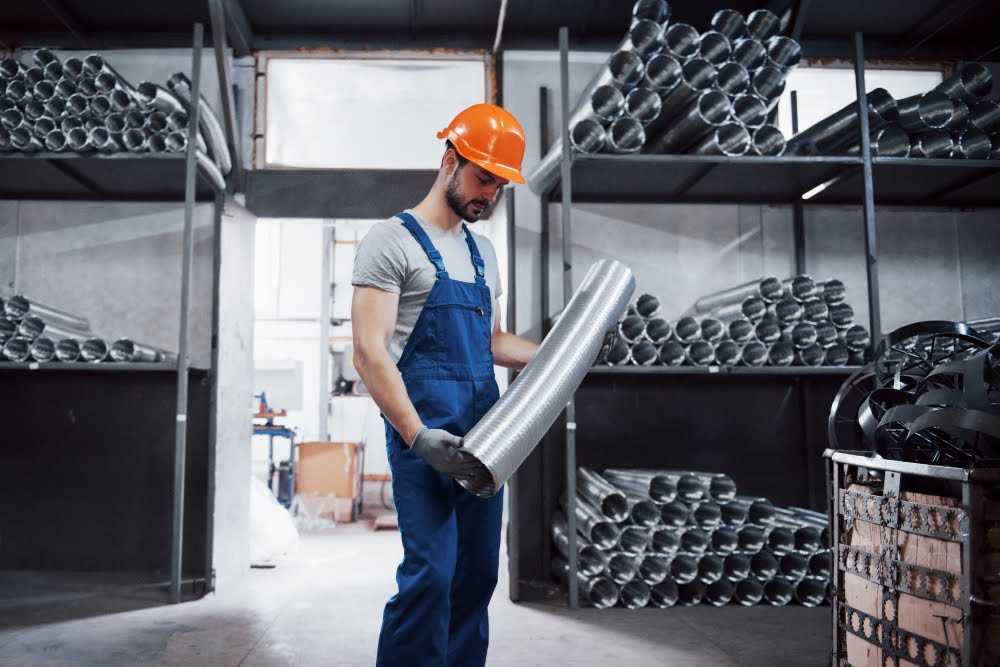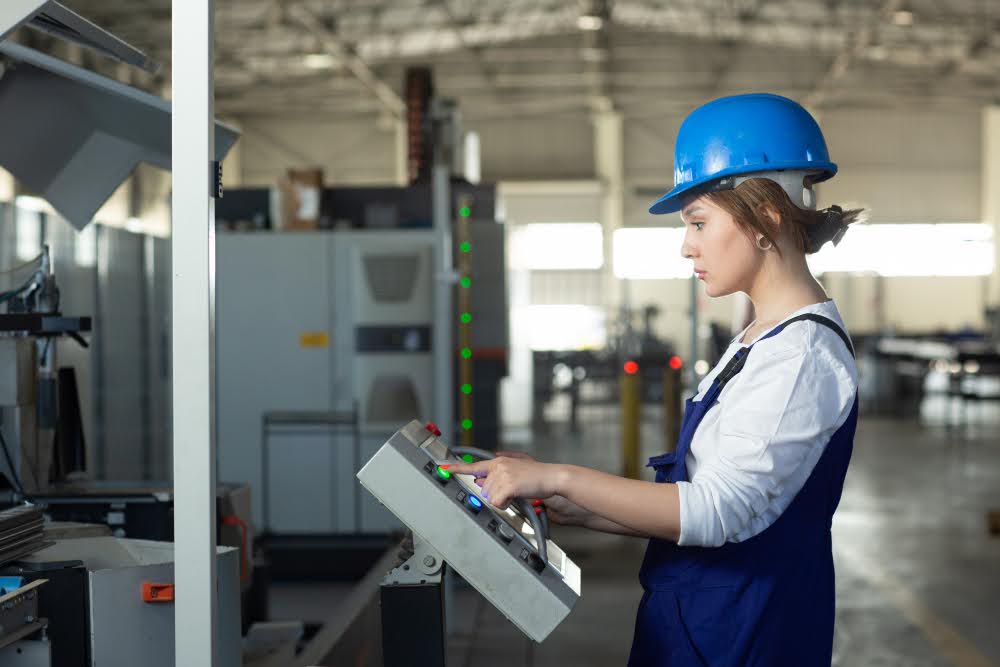There’s something oddly satisfying about watching a machine transform a plain metal tube into a precision-engineered part—flared ends, beads, reductions, swages—all done in a matter of seconds.
But here’s the catch: not all machines are created equal, and in tube end forming, where every thousandth of an inch matters, custom really is king.
If you’re in manufacturing and you’ve been wondering about the use of custom machines for tube end forming, let’s just say it’s not a luxury. It’s a necessity.
So, What’s the Big Deal with Tube End Forming?
Imagine trying to fit mismatched puzzle pieces together. That’s what it’s like trying to assemble tubes without proper end forming—frustrating, leaky, and structurally questionable.
Whether you’re dealing with hydraulic lines, exhaust systems, or HVAC components, the end form of a tube has to be perfect. Not “close enough.” Not “that should hold.” We’re talking airtight, fluid-tight, and fatigue-resistant.
Standard machines are fine—until they’re not. They work well for mass-produced parts where the specs don’t shift. But once you’re dealing with different diameters, wall thicknesses, or unique end profiles?
You’ll need something more tailored.
Off-the-Shelf vs. Tailor-Made—A Fight the Shelf Always Loses
Let’s say you’re producing a new assembly for aerospace tubing. You’ve got a specific material—say, Inconel. It’s tough, temperature-resistant, but it’s also a pain to form.
Off-the-shelf machines just aren’t going to cut it (sometimes literally). Their tooling can’t handle the precision or the stress.
Now, enter custom machines. These aren’t one-size-fits-all. They’re designed for your tube lengths, your materials, and your production pace.

Need segmented clamps for odd geometries? No problem, segmented tube end forming machines are designed for exactly that.
Want a programmable interface for different job specs on the fly? Already built in. Trying to automate multi-step forms into a single cycle? That’s what they’re made for.
Let’s Talk Throughput—Because Time Is Still Money
You could have the most beautiful welds or the shiniest polish on your product, but if your forming process slows down production? That’s profit bleeding out.
Custom machines aren’t just about hitting exact specs—they’re about doing it fast. Engineers build them with your full process in mind. That means tighter cycle times, fewer secondary operations, and way less scrap.
When you’re shaving off just five seconds per part across a thousand parts a day, you’re saving hours of labor every single week.
And speaking of labor, how much time are your operators spending making manual adjustments or switching between setups?
With custom setups, all those tweaks get automated or baked into the design. Fewer touchpoints. Fewer chances for error. More time spent getting actual work done.
Ever Try Teaching an Old Machine New Tricks?
Now, let’s be real: manufacturing evolves. A new contract might come in with tighter tolerances. Or maybe a client wants a part redesigned with dual bead profiles for better sealing.
If you’re relying on off-the-shelf gear, you might end up tossing half your tooling or running into compatibility issues. That’s not only expensive—it’s disruptive.
With custom machines, flexibility gets built into the frame. Many of them are modular. That means you can swap out heads, add forming stations, or tweak dies without having to rebuild from scratch.
It’s like having a machine with a growth mindset—it can evolve as your product line does.
Precision Is More Than a Buzzword
Let’s pause for a second. We throw around “precision” in this industry like it’s candy, but what does it actually mean in tube end forming?
It means a bead height within ±0.005″. A flare angle that’s spot-on every time. A reduction that doesn’t collapse the wall. And here’s the kicker: custom machines don’t just hit those targets once.
They repeat it. Over and over and over. That’s what keeps your quality control smoother, your parts compliant, and your reputation intact.
Okay, But What About Maintenance?
You might think custom machines are high maintenance. And sure, they’re complex—but they’re also built smarter.
Maintenance teams usually get detailed support from the original equipment manufacturer (OEM), including schematics, troubleshooting routines, and training resources.

A lot of times, they’re designed with easier access points and predictive maintenance features. So instead of firefighting, your crew’s out preventing breakdowns before they happen.
You know what? It’s like driving a sports car. Yeah, it might need a little more attention than a commuter hatchback—but it’ll take you way further, way faster, and it just runs better.
When “Good Enough” Isn’t
Sometimes we get comfortable with what’s “working.” The old hydraulic press still thumps like it did in 2006. The forming dies aren’t cracked yet.
But if you’re pushing into new markets—or just trying to keep up with more demanding specs—you’ll hit a ceiling.
That’s when the use of custom machines for tube end forming becomes more than just a process upgrade. It becomes your competitive edge.
While others are still recalibrating between runs or scrapping five out of every hundred parts, your team’s already shipping the final product.
The Quiet Impact on Workplace Morale
Here’s a twist most people don’t talk about—operators love custom machines. They’re intuitive. Purpose-built controls mean fewer mistakes. Fewer band-aids on the job floor.
When your crew feels confident using the equipment, they’re more efficient, and they’re safer too.
Plus, let’s face it: nobody enjoys working with finicky machines. A custom solution that just works makes the whole line hum—literally and metaphorically.
Thinking Ahead: What’s Next for Tube End Forming?
We’re seeing a shift toward cell automation and robotics, real-time monitoring, and AI-assisted quality checks. Custom machines are right in the thick of it. Why?
Because they can be designed to plug into these emerging systems. Want a fully automated work cell that loads, forms, inspects, and stacks parts without a single hand on deck? Custom is your ticket.
Heck, some operations are even getting predictive analytics—machines that can “feel” tooling wear and adjust in real time. That kind of precision doesn’t come from stock builds. It’s all in the engineering.
Final Thoughts: Why Custom Just Makes Sense
When all’s said and done, the use of custom machines for tube end forming isn’t just a manufacturing preference—it’s a smart, strategic decision. You’re not just buying equipment; you’re investing in consistency, speed, safety, and future-proof flexibility.
And if you’re looking for a partner that knows how to build these machines like they’ve lived on the shop floor for decades?
Proto1Mfg is a tube end forming machine manufacturer with the experience to anticipate your needs, often before you even voice them.
We don’t just deliver equipment and walk away. We engineer long-term solutions designed to grow with your business.
So don’t settle. Not when precision, productivity, and performance are all on the line. Contact us today and see what a custom-built solution can do for your production.







